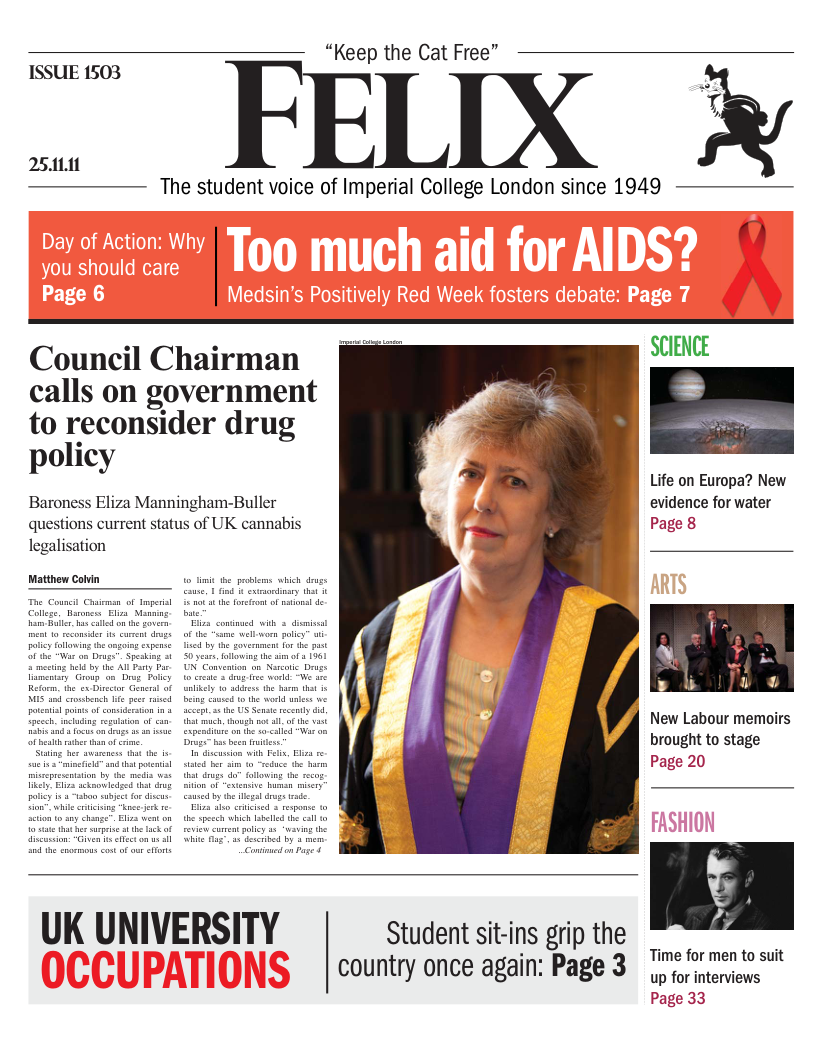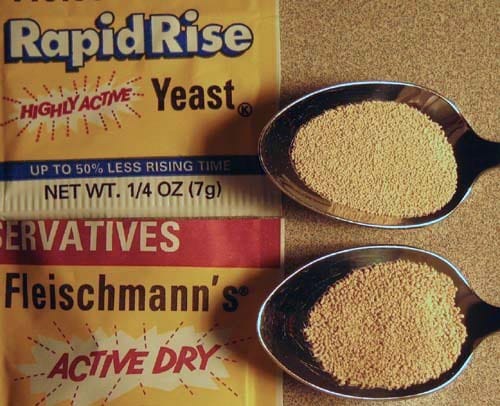World’s lightest material made
Lighter than the pile of revision notes an arts student makes. Take THAT arts students.
The lightest material to date has been created; weighing in at less than 10 milligrams per cubic centimetre, it is lighter than aerogels and dense foams. The Guinness world record beater has a density of just 0.9 milligrams per cubic centimetre, in perspective this is 100 times lighter than Styrofoam. The research was conducted by scientists from the University of California, Irvine, HRL Laboratories and the California Institute of Technology; it was funded by the American Defense Advanced Research Projects Agency.
It is comprised of periodic hollow-tubes, which are 1000 times thinner than a human hair. Despite having a low dnsity, the micro lattice has a high strength due to the unity of many layers of periodic hollow-tubes. In contrast, aerogels although ultralight, lack strength due to their random structure.
Another attribute is super elasticity; it has a tolerance to local strains through the formation of relief cracks. Furthermore, upon being compressed by a load of even 50 per cent, it can recover almost completely; a demonstration of its potential use as an acoustic, energy or vibration absorber.
Scientists carefully considered each aspect of design, for instance node geometry and cell symmetry. Through precisely controlling such architectural elements of materials, researchers are pushing the field of Nano-materials design forward. For instance, as pointed out by Dr Bill Carter of HRL laboratories, scientists have applied the design principles of modern buildings, such as the Eiffel tower, which are light and weight-efficient due to their architecture, to the material’s creation.
Through combining the properties of strength, low density, super elasticity and energy absorption, a truly remarkable material has been created. There are awide range of potential applications, from thermal insulation to next generation batteries.
DOI: 10.1126/science.1211649









